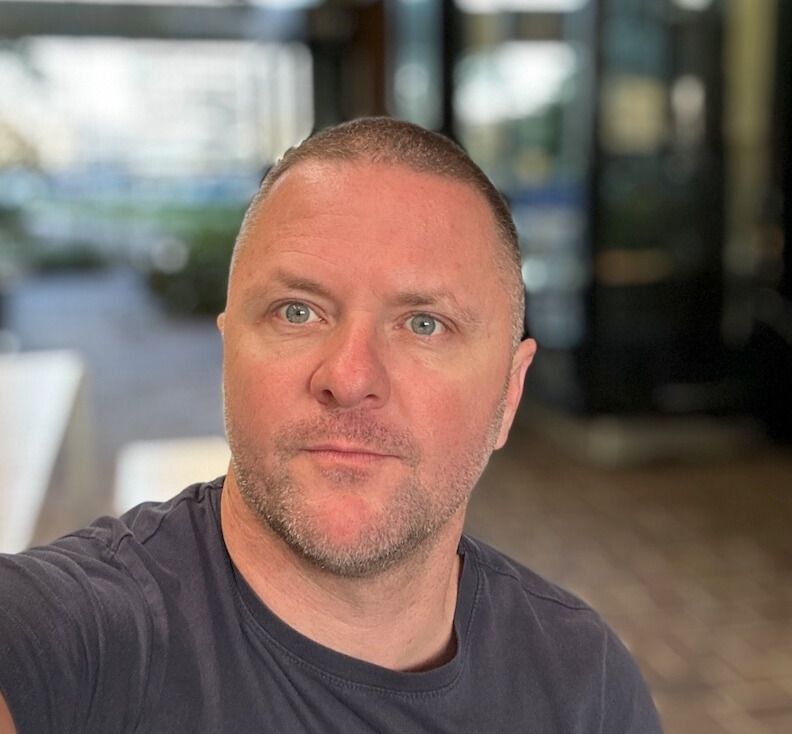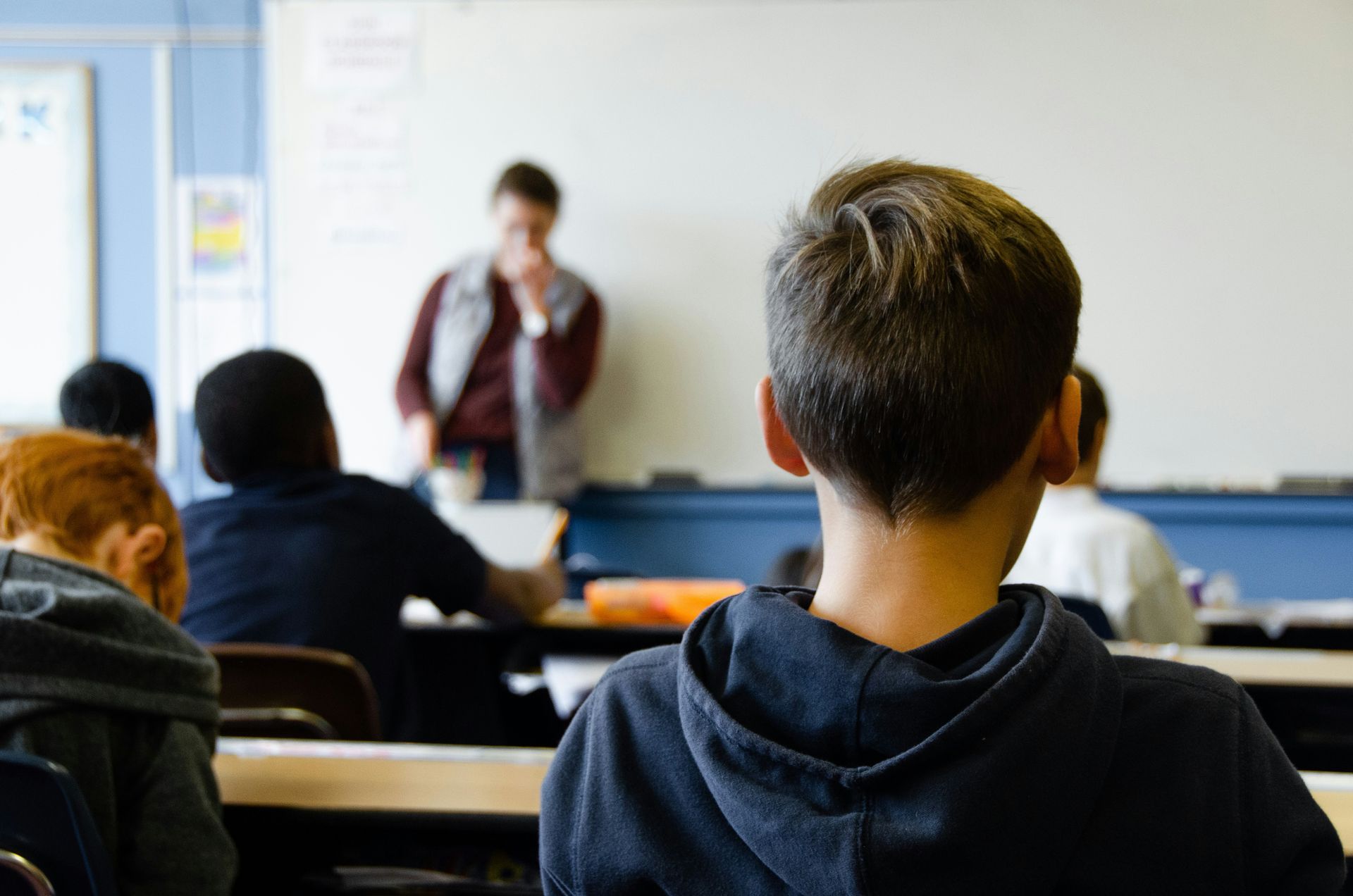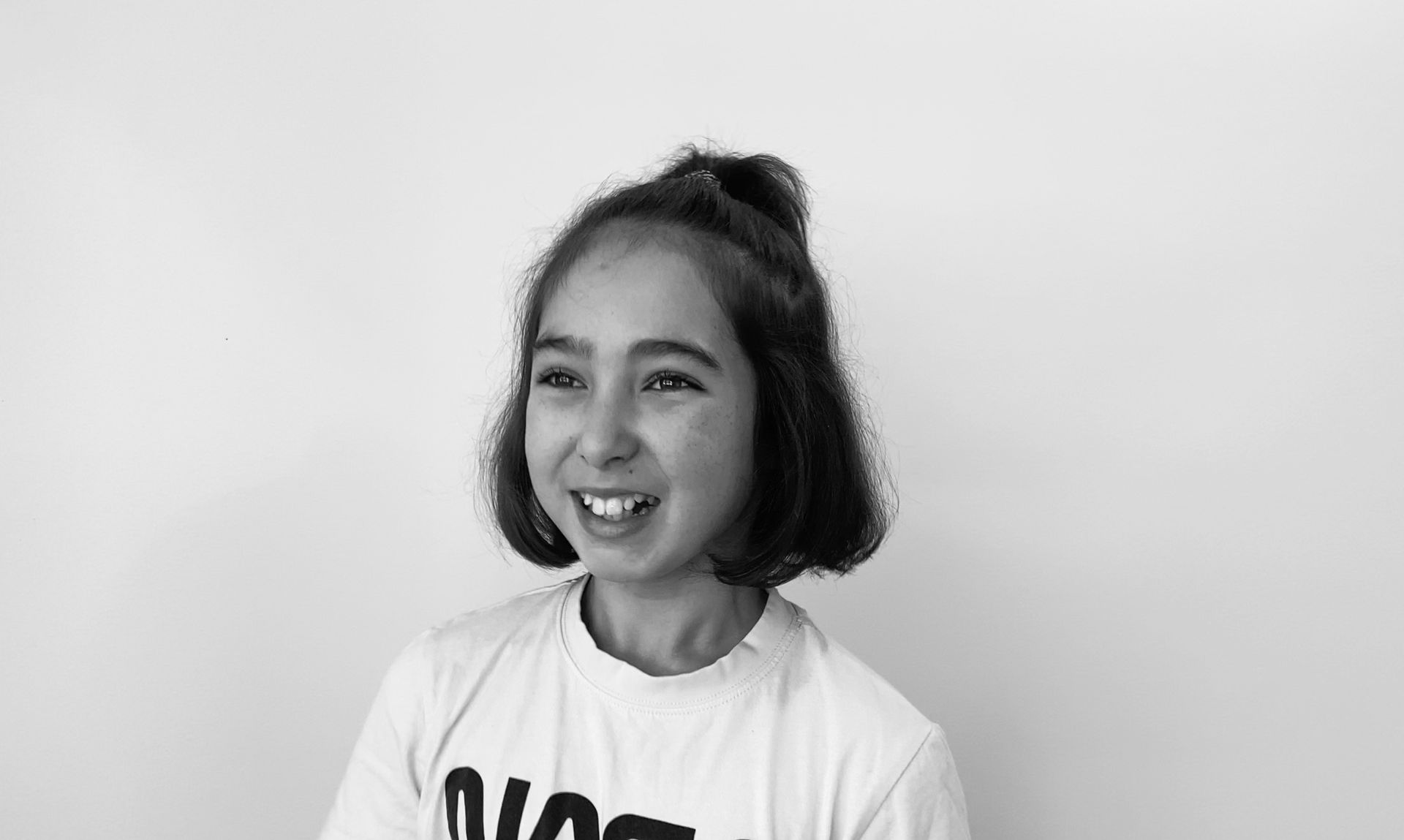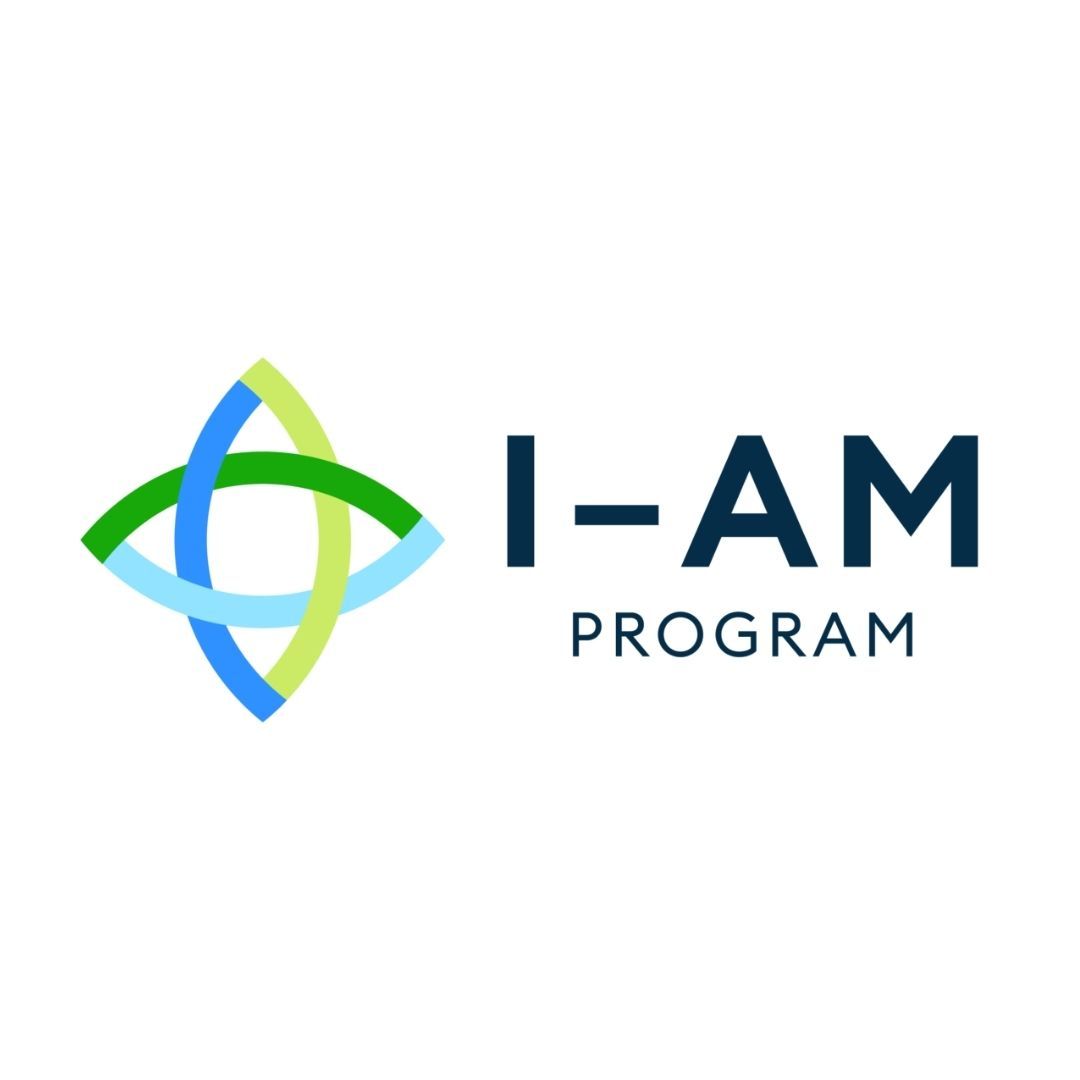Making Twice-Exceptional Students Visible in Policy and Practice
“Can you see Brian, the invisible boy?
Even Mrs. Carlotti has trouble noticing him in her classroom.”
- The Invisible Boy by Trudy Ludwig
Kim Denholm
Twice-exceptional students, rendered invisible by their contradictory nature, are disproportionately overlooked and underserved in Australian schools and education policy (Ronksley-Pavia, 2020; Commonwealth of Australia, 1988; 2001). The paradox of strength and
difficulty experienced by twice-exceptional students causes them to remain invisible, leading to under-identification for either their giftedness, their disability or both (Assouline & Fosenburg, 2014; Missett, 2017; Clark & Wormald, 2018; Reis et al., 2014; Ronksley-Pavia, 2015). The misconception that a gifted student cannot have a disability has a significant impact on teaching practice as well as school and government policy, causing the needs of twice-exceptional students to remain unrecognised in Australian schools.
Twice-exceptional students must be identified to have their educational needs met (Jung & Hay, 2018). Identification relies on the consensus of an agreed-upon definition of twice-exceptionality; however, there is a lack of consensus on the definition of twice-exceptionality within the literature (Ronksley-Pavia, 2020). Furthermore, neither areas of gifted education nor disability have a widely
agreed-upon definition, yet definitions of twice-exceptionality attempt to connect understandings of the two (Ronksley-Pavia, 2015). Whilst there is no consistent definition of twice-exceptionality that exists within the research, researchers agree that it includes a combination of a domain of giftedness and one or more disabilities (Foley Nicpon et al, 2011; Reis et al., 2014; Ronksley-Pavia, 2015; Missett, 2017; Clark & Wormald, 2018).
Twice-exceptional students are often not identified in classrooms as they appear 'average' and remain unidentified for either their giftedness, their disability or both (Foley Nicpon et al, 2011; Missett, 2017). This is due to the phenomenon known as masking. Masking blurs the presentation of a disability and/or area of giftedness (Foley Nicpon et al., 2011; Missett, 2017; Jolly & Barnard-Brak, 2024). Baldwin et al. (2015), cited in Missett (2017), outline three forms of masking. First, a student with high intellectual ability may compensate for their disability. Second, a student may have their disability recognised, but this may mask the expression of their high ability and
intervention for deficit-based services is prioritised over academic strengths. Third, the combination of exceptionalities masks both the giftedness and the disability, making the student appear average; thus, they remain unidentified for either exceptionality. If teachers do not see twice-exceptional students, they cannot adequately teach them.
Additionally, the very fact that twice-exceptional students remain invisible due to masking and underidentification in our classrooms means that they are often not considered in our school andgovernment policies. Whilst there are national policies to ensure the rights of students with disabilities, and state policies to ensure that gifted students are recognised, there is no national policy that explicitly acknowledges or provides guidance for the needs of twice-exceptional students, furthermore state policies are limited and inconsistent (Clark & Wormald, 2018; Ronksley-Pavia et al., 2019).
It is not known exactly how many twice-exceptional students there are in Australian schools; however, Ronksley-Pavia (2020) published an empirical study utilising data from the Nationally Consistent Collection of Data on School Students with a Disability (NCCD) and Australian Bureau of Statistics to estimate that 2% - 7% of students in Australian schools could be twice-exceptional. She noted that this would be an underestimation as this data only reflected students with identified disabilities, and research shows that twice-exceptional students can remain unidentified due to masking (McCoach et al, 2001). As there is no consistent definition of twice-exceptionality, the
number of twice-exceptional students is difficult to quantify, meaning that there is no data for governments to develop policy from (Ronksley-Pavia, 2020).
It is recommended that schools and governments develop and implement gifted education policies that explicitly acknowledge twice-exceptionality to address the invisibility of this vulnerable population. Policy needs to define twice-exceptionality as well as outline strategies for identification and inclusive teaching practice (Rowan & Townend, 2016; Jung & Hay, 2018; Townend, et al., 2024) including recommendations for a strength based, dual programming approach whereby gifts and disabilities are considered simultaneously to prevent underachievement (Rowan & Townend, 2016; Clark & Wormald, 2018).
Our twice-exceptional students need to be seen to have their educational needs met. Let's make these students visible.
Reference List
Assouline, S., & Fosenburg, S. (2014). The paradox of twice-exceptionality: Packet of information for professionals (2nd ed). https://belinblank.education.uiowa.edu/research/docs/pip2.pdf
Commonwealth of Australia. (1988). The Education of Gifted and Talented Children: Report by the Senate Select Committee on the Education of Gifted and Talented Children. Australian Government Publishing Service. https://www.aph.gov.au/~/media/wopapub/senate/committee/eet_ctte/completed_inquiries/1999_02/gifted/report/c01_pdf.ashx
Commonwealth of Australia. (2001). The Education of Gifted and Talented Children. Australian Government Publishing Service. https://www.aph.gov.au/Parliamentary_Business/Committees/Senate/Education_Employment_and_Workplace_Relations/
Completed_inquiries1999-02/gifted/report/index
Clark, T., & Wormald, C. (2018). Gifted students with disability: Twice-exceptional learners. In J. L. Jolly & J. M. Jarvis (Eds). Exploring Gifted Education. Australian and New Zealand Perspectives. (pp. 50-65) Routledge UK.
Foley Nicpon, M., Allmon, A. M., Sieck, R. & Stinson, R. D. (2011). Empirical investigation of twice-exceptionality: Where have we been and where are we going? Gifted Child Quarterly, 55(1), 3-17. https://www.doi.org/10.1177/0016986210382575
Jolly, J. L., Barnard-Brak, L. (2024). Special education status and underidentification of Twice-Exceptional Students: Insights from ECLS-K data. Education Sciences, 14, http://dx.doi.org/10.3390/educsci14101048Jung, J. Y., & Hay, P. (2018). Identification of gifted and twice-exceptional students. In J. L. Jolly & J. M. Jarvis (Eds.), Exploring gifted education: Australian and New Zealand perspectives
(pp. 12-31). Routledge.
Ludwig, T. (2013). The invisible boy. Knopf Books for Young Readers.
McCoach, D. B., Kehle, T. J., Bray, M. A., & Siegle, D. (2001). Best practices in the identification of gifted students with learning disabilities. Psychology in School, 38(5), 403-411. Https://doi.org/10.1002/pits.1029
Missett, T, C. (2017). Twice-exceptional students: Gifted students with disabilities impacting learning. In C. M. Callahan & H. L. Hertberg-Davis (Eds). Fundamentals of Gifted Education: Considering Multiple Perspectives (pp. 361-371). Routledge.
Reis, S. M., Baum, S. M., & Burke, E. (2014). An operational definition of twice-exceptional learners: Implications and applications. Gifted Child Quarterly, 58(3), 217-230. https://www.doi.org/10.1177/0016986214534976
Ronksley-Pavia, M. (2015). A model of twice-exceptionality: Explaining and defining the apparent paradoxical combination of disability and giftedness in childhood. Journal for the Education of the Gifted, 38(3), 318–340. DOI: 10.1177/0162353215592499
Ronksley-Pavia, M. (2020). Twice-exceptionality in Australia: Prevalence estimates. Australasian Journal of Gifted Education. 29(2) 17-29.Rowan, L., & Townend, G. (2016). Early career teachers’ beliefs about their preparedness to teach: Implications for the professional development of teachers working with gifted and twice-exceptional students. Cogent Education, 3(1), 1-25. doi:10.1080/2331186X.2016.1242458
Townend, G., McGregor, M., Alonzo, D., Nguyen, H. T. M. (2024) What would it take? Enhancing
outcomes for high-ability students with disability. Frontiers in Education, 9, doi:10.3389/
feduc.2024.1322872
Disclaimer: The views and opinions expressed in this blog are those of the author and do not necessarily reflect the official policy or position of the AAEGT.
Share this resource
Resources












